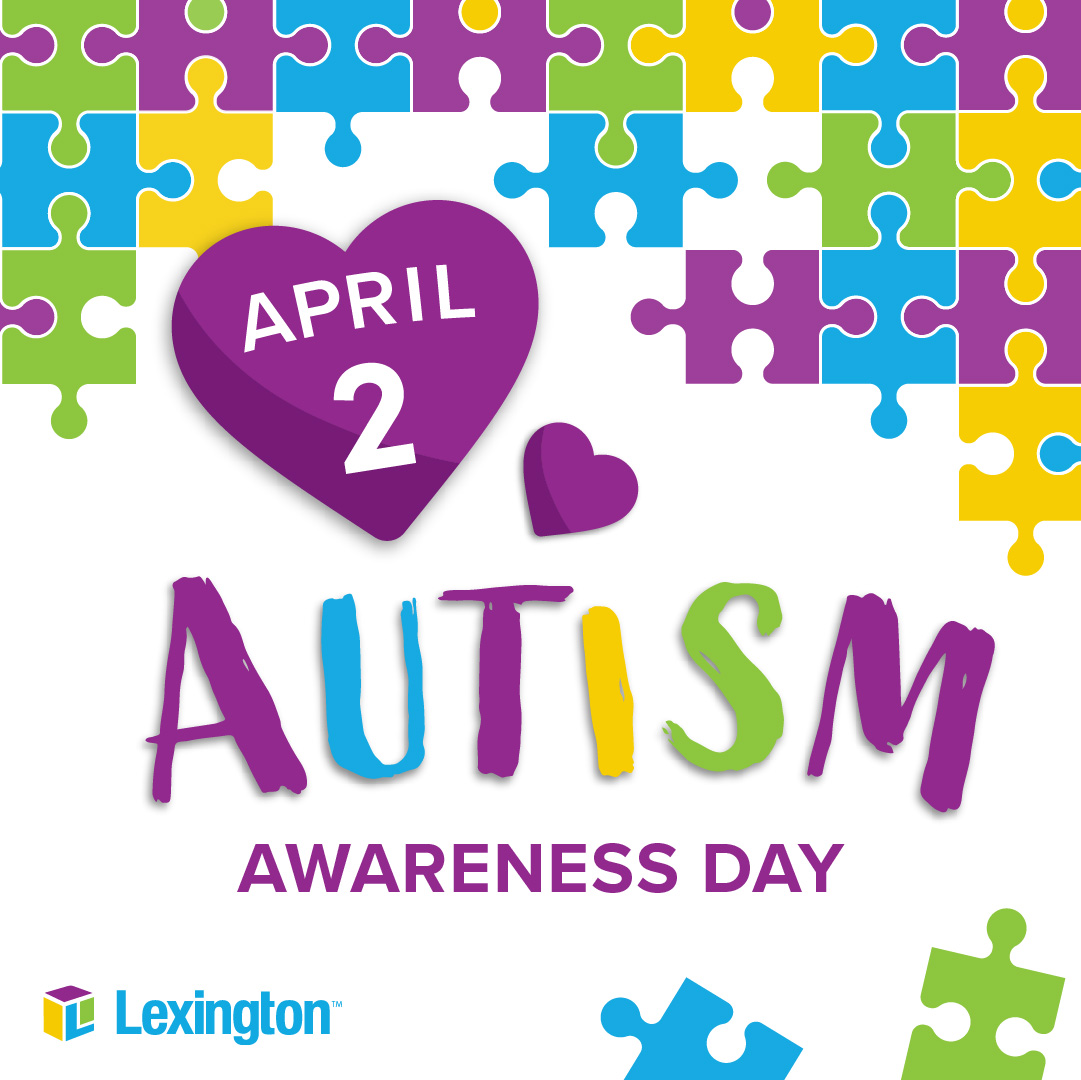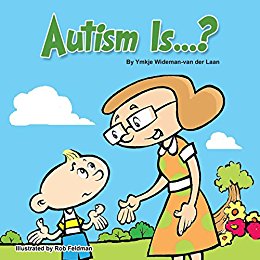Lexington 2021 Summer Programs
[fusion_builder_container type=”flex” hundred_percent=”no” hundred_percent_height=”no” min_height=”” hundred_percent_height_scroll=”no” align_content=”stretch” flex_align_items=”flex-start” flex_justify_content=”flex-start” flex_column_spacing=”” hundred_percent_height_center_content=”yes” equal_height_columns=”no” container_tag=”div” menu_anchor=”” hide_on_mobile=”small-visibility,medium-visibility,large-visibility” status=”published” publish_date=”” class=”” id=”” link_color=”” link_hover_color=”” border_sizes=”” border_sizes_top=”” border_sizes_right=”” border_sizes_bottom=”” border_sizes_left=”” border_color=”” border_style=”solid” spacing_medium=”” margin_top_medium=”” margin_bottom_medium=”” spacing_small=”” margin_top_small=”” margin_bottom_small=”” margin_top=”” margin_bottom=”” padding_dimensions_medium=”” padding_top_medium=”” padding_right_medium=”” padding_bottom_medium=”” padding_left_medium=”” padd
shaping slim jeans breeze detangler spray von glynt custom basketball jerseys hoka sko hvite trajes de flamenca color nike just do it sleeve logo hoodie yeezy boost 350v2 detska kozusinova kabelka oksfordke cipele custom soccer jerseys damen top grün e lin tee adidas cuscino riscaldante per cervicale amazon personalized baseball jerseys erima tennis shirt
ng_dimensions_small=”” padding_top_small=”” padding_right_small=”” padding_bottom_small=”” padding_left_small=”” padding_top=”” padding_right=”” padding_bottom=”” padding_left=”” box_shadow=”no” box_shadow_vertical=”” box_shadow_horizontal=”” box_shadow_blur=”0″ box_shadow_spread=”0″ box_shadow_color=”” box_shadow_style=”” z_index=”” overflow=”” gradient_start_color=”” gradient_end_color=”” gradient_start_position=”0″ gradient_end_position=”100″ gradient_type=”linear” radial_direction=”center center” linear_angle=”180″ background_color=”” background_image=”” background_position=”center center” background_repeat=”no-repeat” fade=”no” background_parallax=”none” enable_mobile=”no” parallax_speed=”0.3″ background_blend_mode=”none” video_mp4=”” video_webm=”” video_ogv=”” video_url=”” video_aspect_ratio=”16:9″ video_loop=”yes” video_mute=”yes” video_preview_image=”” absolute=”off” absolute_devices=”small,medium,large” sticky=”off” sticky_devices=”small-visibility,medium-visibility,large-visibility” sticky_background_color=”” sticky_height=”” sticky_offset=”” sticky_transition_offset=”0″ scroll_offset=”0″ animation_type=”” animation_direction=”left” animation_speed=”0.3″ animation_offset=”” filter_hue=”0″ filter_saturation=”100″ filter_brightness=”100″ filter_contrast=”100″ filter_invert=”0″ filter_sepia=”0″ filter_opacity=”100″ filter_blur=”0″ filter_hue_hover=”0″ filter_saturation_hover=”100″ filter_brightness_hover=”100″ filter_contrast_hover=”100″ filter_invert_hover=”0″ filter_sepia_hover=”0″ filter_opacity_hover=”100″ filter_blur_hover=”0″][fusion_builder_row][fusion_builder_column type=”1_1″ layout=”1_1″ align_self=”auto” content_layout=”column” align_content=”flex-start” content_wrap=”wrap” spacing=”” center_content=”no” link=”” target=”_self” min_height=”” hide_on_mobile=”small-visibility,medium-visibility,large-visibility” sticky_display=”normal,sticky” class=”” id=”” type_medium=”” type_small=”” order_medium=”0″ order_small=”0″ dimension_spacing_medium=”” dimension_spacing_small=”” dimension_spacing=”” dimension_margin_medium=”” dimension_margin_small=”” margin_top=”” margin_bottom=”” padding_medium=”” padding_small=”” padding_top=”” padding_right=”” padding_bottom=”” padding_left=”” hover_type=”none” border_sizes=”” border_color=”” border_style=”solid” border_radius=”” box_shadow=”no” dimension_box_shadow=”” box_shadow_blur=”0″ box_shadow_spread=”0″ box_shadow_color=”” box_shadow_style=”” background_type=”single” gradient_start_color=”” gradient_end_color=”” gradient_start_position=”0″ gradient_end_position=”100″ gradient_type=”linear” radial_direction=”center center” linear_angle=”180″ background_color=”” background_image=”” background_image_id=”” background_position=”left top” background_repeat=”no-repeat” background_blend_mode=”none” animation_type=”” animation_direction=”left” animation_speed=”0.3″ animation_offset=”” filter_type=”regular” filter_hue=”0″ filter_saturation=”100″ filter_brightness=”100″ filter_contrast=”100″ filter_invert=”0″ filter_sepia=”0″ filter_opacity=”100″ filter_blur=”0″ filter_hue_hover=”0″ filter_saturation_hover=”100″ filter_brightness_hover=”100″ filter_contrast_hover=”100″ filter_invert_hover=”0″ filter_sepia_hover=”0″ filter_opacity_hover=”100″ filter_blur_hover=”0″ last=”true” border_position=”all” first=”true” type=”1_1″][fusion_text columns=”” column_min_width=”” column_spacing=”” rule_style=”default” rule_size=”” rule_color=”” content_alignment_medium=”” content_alignment_small=”” content_alignment=”” hide_on_mobile=”small-visibility,medium-visibility,large-visibility” sticky_display=”normal,sticky” class=”” id=”” font_size=”” fusion_font_family_text_font=”” fusion_font_variant_text_font=”” line_height=”” letter_spacing=”” text_color=”” animation_type=”” animation_direction=”left” animation_speed=”0.3″ animation_offset=””]
Summer is a great time for kids to enjoy summer activities with friends safely. Make Lexington Services a part of your family’s summer experience by becoming a summer explorer at one of our campus’s Summer Programs.
At Lexington, we are offering our summer program to individuals with autism and developmental disabilities. Each campus will have its own activities, water games, and field trips!
Check out each campus for your ideal summer program fun!
Lexington Learning Center – Mesa

- Tuesday, June 1st – Friday, July 30th
- 2 sessions daily (Monday – Friday)
- Morning Session: 8 am – 12 pm
- Afternoon Session: 1 pm – 5 pm
- Activities will include
- Arts & crafts
- Game center
- Splash pad
- Trampoline park
- And much more
Lexington Life Academy – East Mesa
- Tuesday, June 1st – Friday, July 23rd
- 2 sessions daily (Monday – Friday)
- Morning Session: 8 am – 12 pm
- Afternoon Session: 1 pm – 5 pm
- Activities will include
- Arts & crafts
- Board games
- Water Play
- And much more
Lexington Life Academy – Phoenix – Maryvale & South Mountain (Laveen)
- Tuesday, June 1st – Friday, July 23rd
- 2 sessions daily (Monday – Friday)
- Morning Session: 8 am – 12 pm
- Afternoon Session: 1 pm – 5 pm
- Activities will include
- Arts & crafts
- Board games
- Water Play
- And much more

- Cost
- Option 1
- Covered under DDD Services (DTS Services must be in the students’ ISP)
- Option 2
- Private Pay at $13 per hour
- Option 1
Also, check out our Spanish flyer!
Lexington Life Academy – Show Low
- Tuesday, June 21st – Friday, July 15th
- Monday – Thursday
- 9 am – 1 pm
- Activities will include
- Gardening
- Kickball
- Freeze tag
- Water day
- Cost
- Option 1
- Covered under DDD Services (DTS Services must be in the students’ ISP)
- Option 2
- Private Pay
- 1:1 at $50 a day
- 4-6:1 at $25 a day
- Private Pay
- Option 1
Please note for ALL Lexington Campuses
DTS covers ONLY morning sessions. Any combined sessions will be considered a full day of Respite Care. Field trip costs are not covered by DDD Services and will require additional payments.
COVID-19 Protocol
All of our Lexington locations will follow COVID-19 protocol to ensure students are having fun and being safe all summer long. Our goal is to continue providing the critical services our members and students with disabilities and special needs greatly rely on.
For more information on Lexington Services COVID-19 Protocol, please click here.
Transportation
Transportation will be offered on a first-come, first-serve basis if available on that campus.
For more information on all the summer programs, visit us at Lexington Services.

[/fusion_text][/fusion_builder_column][/fusion_builder_row][/fusion_builder_container]















 The 14th annual World Autism Awareness Day is here! All over the world, people are showing love and support towards those with autism. The theme this year is
The 14th annual World Autism Awareness Day is here! All over the world, people are showing love and support towards those with autism. The theme this year is 








 home with colors we like or colors that bring certain moods to specific rooms. We decorate, we paint, and we coordinate, but what effect does color have?
home with colors we like or colors that bring certain moods to specific rooms. We decorate, we paint, and we coordinate, but what effect does color have? 




